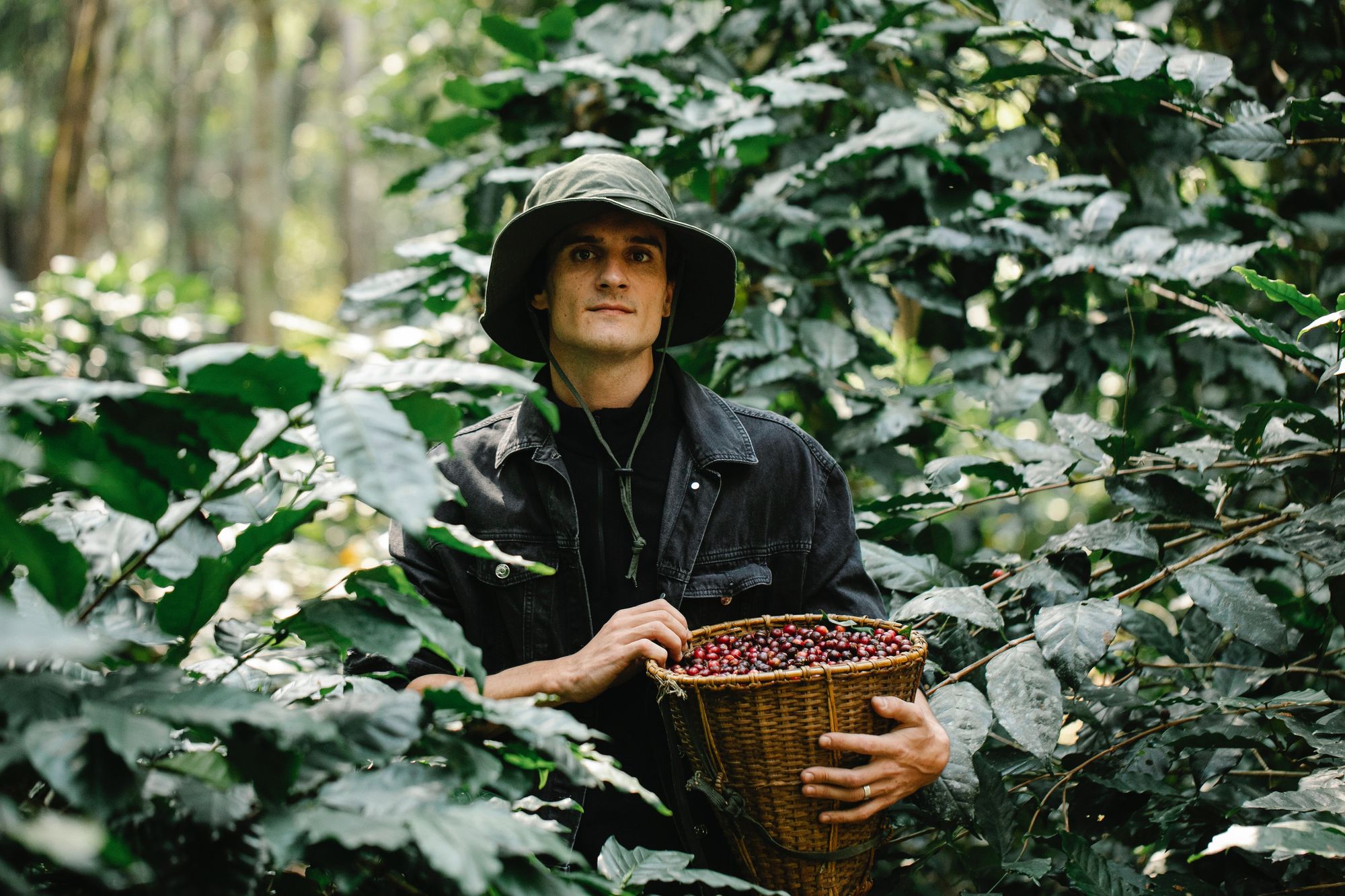Tired of living in an unsustainable world? Or worse, being constantly preached about it…Want to be part of the solution that saves our planet from environmental destruction?
It seems like a no-brainer especially when constantly assailed in surround sound of our need to take responsibility, when higher up there seems to be zero. Yet what can we do apart from consciously spending our dollars whilst simultaneously reducing, reusing and recycling what we consume?
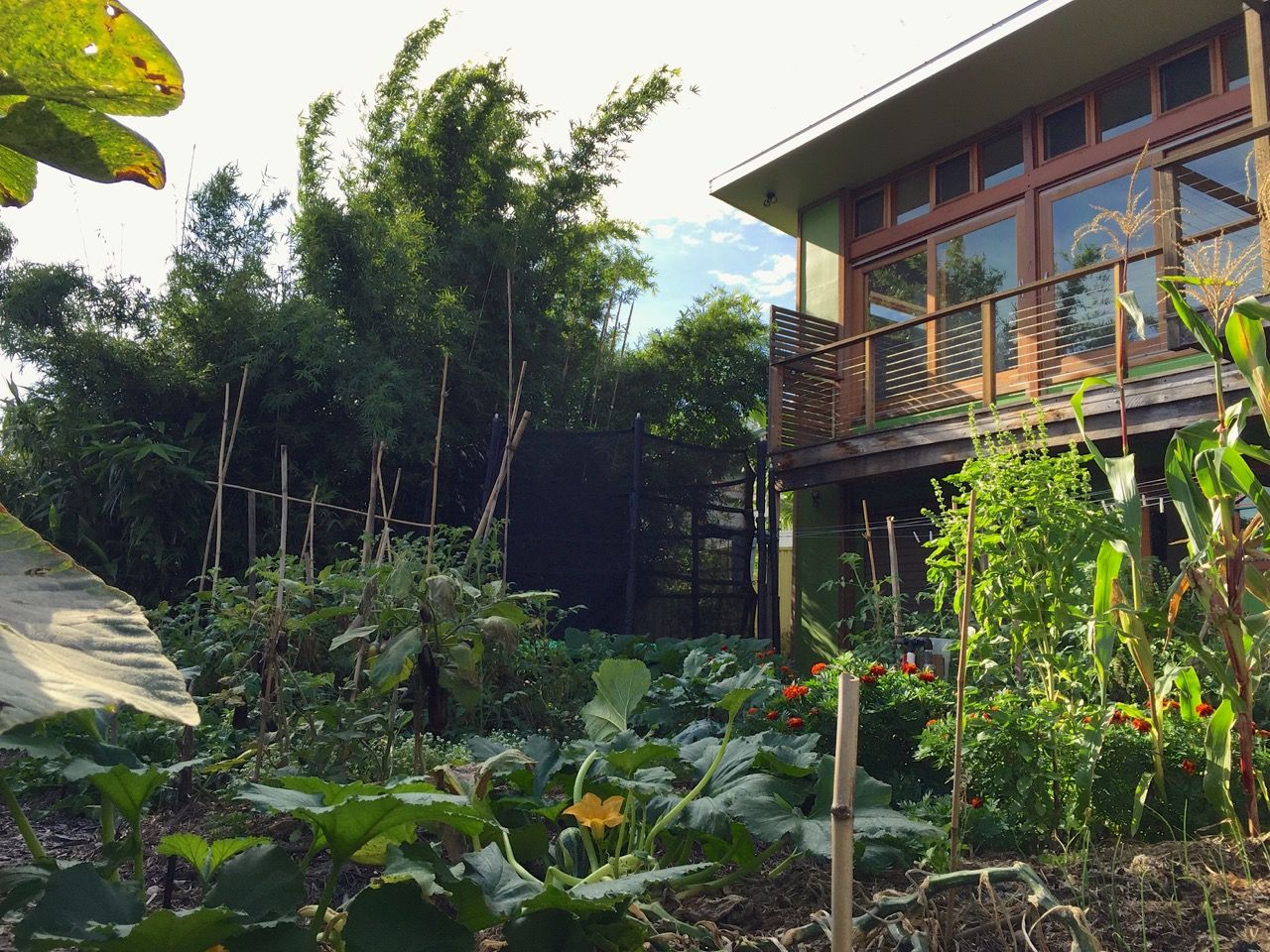
Look no further than scalable food forests! Suitable for any climate zone, these innovative eco-systems change the way we grow, harvest and consume food. All made possible with some extra love from our composted food waste. We're talking about a world where a veggie and herb garden meet an orchard and fuse above & below ground depending on how big we go.
What is a Food Forest?
A food forest is an agricultural technique of growing a variety of food-producing plants in close proximity to one another in order to create a self-sustaining system. 100% symbiosis. The concept was first developed in the 1970s by Japanese agriculturalist Masanobu Fukuoka, who pioneered the use of natural systems to increase crop yields.
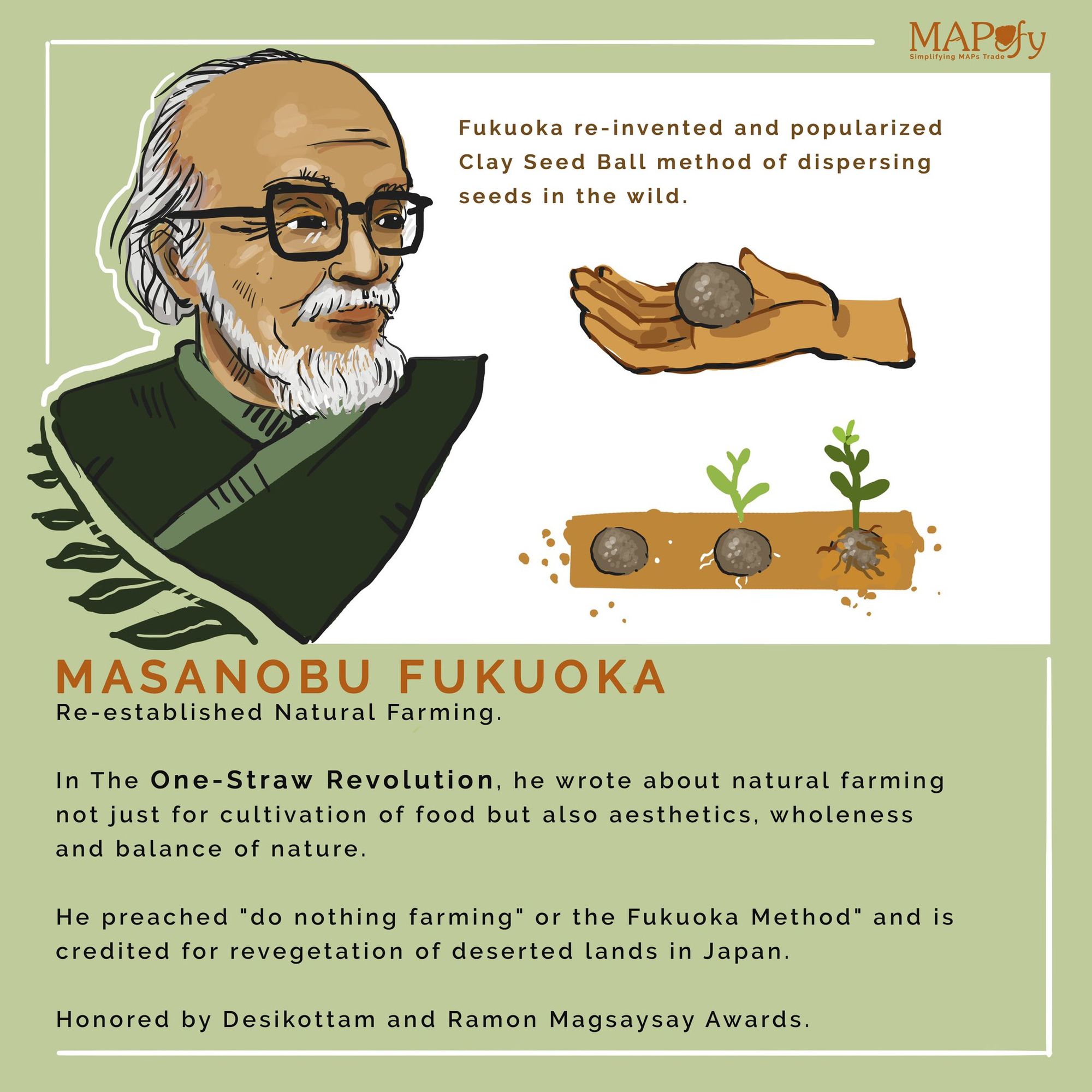
Food forests utilise principles from permaculture, an approach to land management that emphasises the use of ecological principles to create more sustainable systems. Working with nature rather than against it. This results in more efficient and productive systems that are less damaging to the environment.
One key principle of permaculture is "stacking functions." This means that each element in a system should have multiple functions in order to increase its overall efficiency. In permaculture we like to only choose plants which are multifunctional and perform a minimum of three purposes. This goes even further in a food forest where symbiosis between all plants and layers comes into play. Companion planting on steroids!
Trees are planted close together so they provide shade for smaller plants, while also producing fruit or nuts. Understory plants may be used for their nitrogen-fixing properties, while also providing ground cover and mulch. Traditionally there are 7 or 9 layers which form a complete eco-system whilst providing year round food. On a much smaller scale less layers still work, as long as the main principles are adhered to.
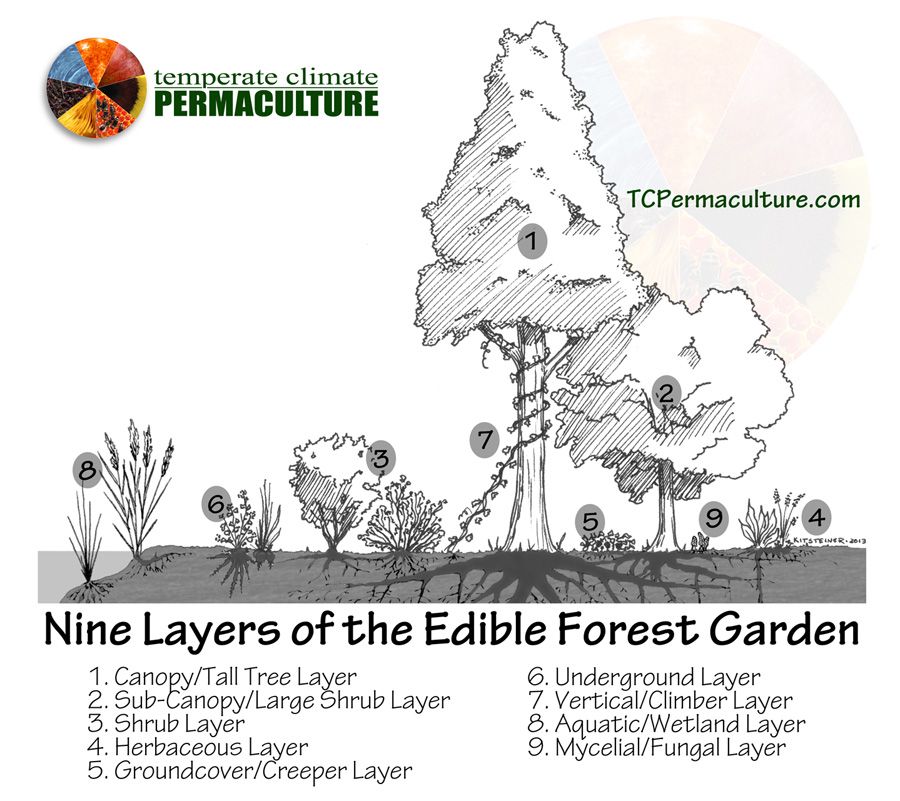
Benefits:
Scalable food forests are an important part of sustainable living because they provide a way to produce food that is environmentally friendly and doesn’t require the use of pesticides or other chemicals. They can be used to provide food for local communities, which can help to reduce transportation costs and environmental impacts associated with food production. When scaled up to a commercial scale this results in job creation and economic opportunities in rural areas.
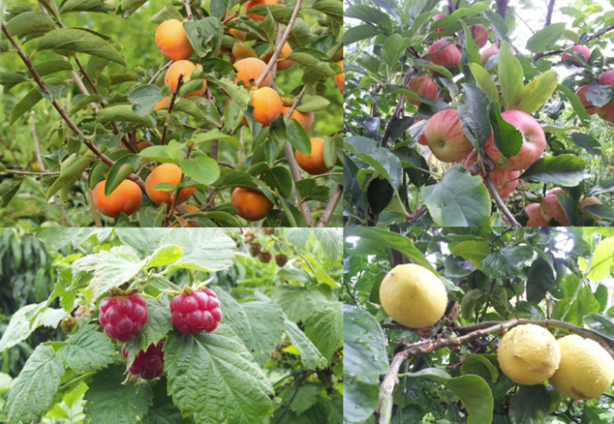
How to:
With the potential to be replicated and implemented in different locations across the world, scalable food foests have a changing and adaptable nature. The key design principles are: 1) Implementation of a broad range of complementary species 2) Use of appropriate technology 3) Development of an efficient management system 4) Integration with the local ecosystem 5) Maximisation of economic benefits.
Broadly speaking the interconnected nature of the food forest supports itself: trees provide shade and vertical structures for the lower stratification providing a means for climbers to climb, and ground covers to creep. Sometimes known as thew nursery or colonising layer; they pave way for the others setting the scene. No area is wasted, whilst allowing enough light in to enable all species to flourish! Intensive growth means we can grow more in less space whilst mimicing the biodiversity of nature and creating a habitat which resembles, and in time becomes, a productive eco-system. More food in = less money out.
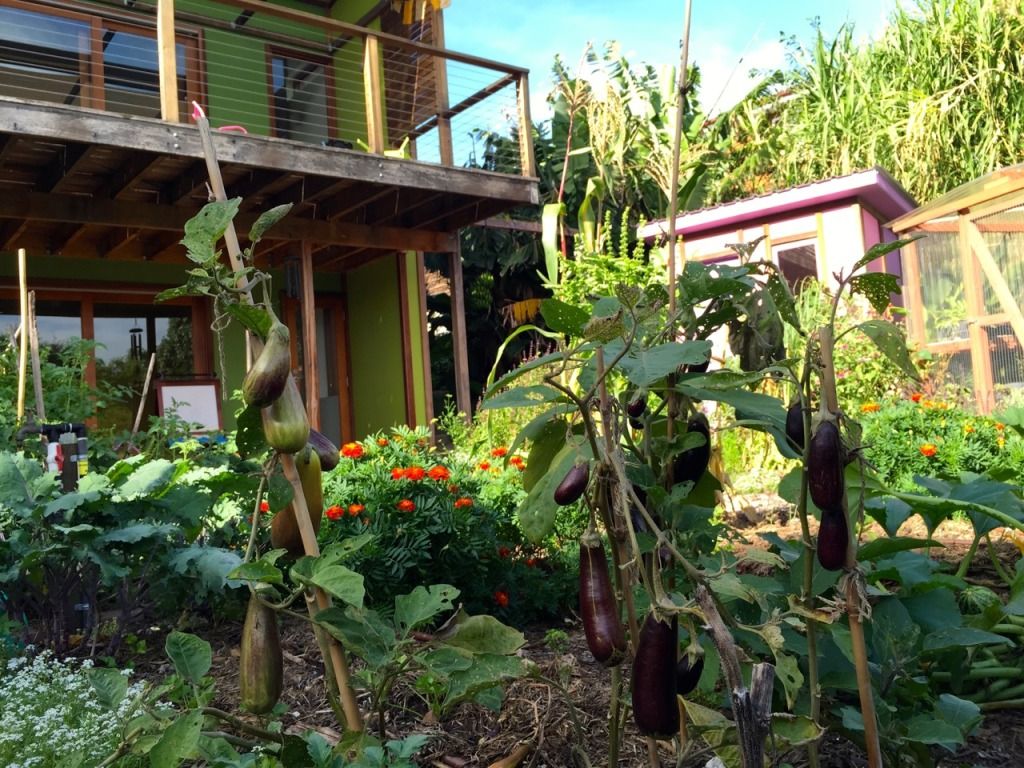
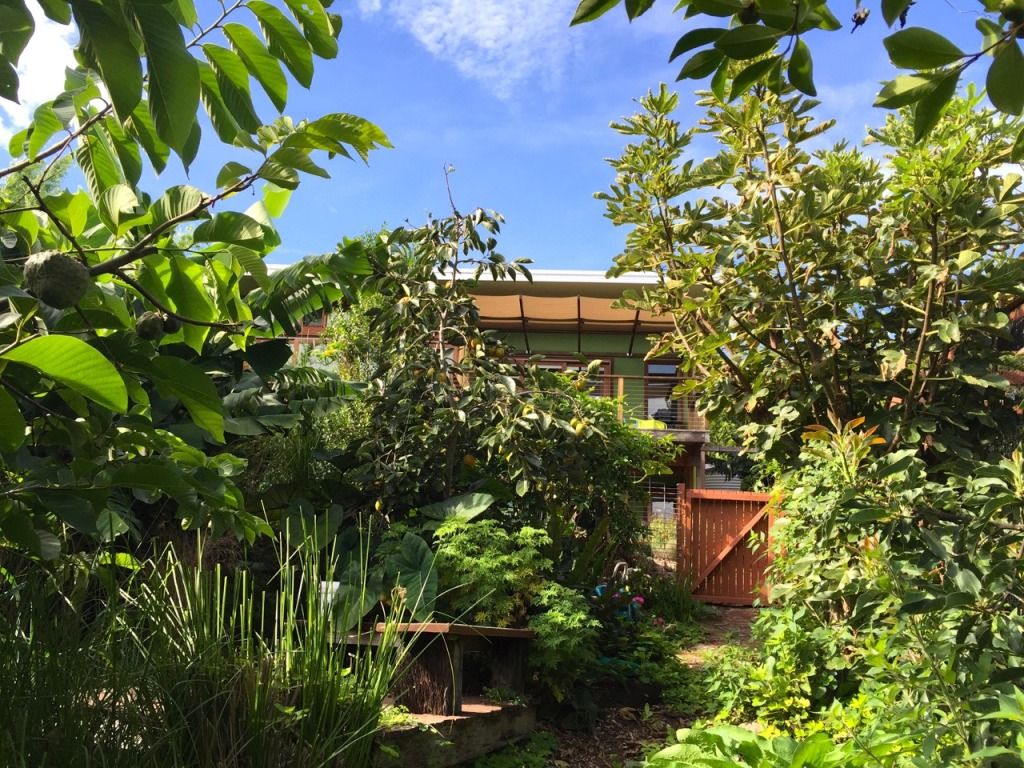
Ultimately, designing a scalable food forest is an individualised process that must take into account the specific needs and requirements of each location. By following the five principles outlined above and with careful consideration of the local climate, soil conditions and existing ecosystems, it is possible to create a replicable agricultural system that can produce both food and income for communities around the world.
Maintenance:
There are a number of things that need to be considered, but perhaps the most important beyond initial design and planting is maintenance and care. Without proper care, these systems can quickly become overgrown and difficult to manage. Here are a few tips to help you keep your food forest healthy and productive:
1. Prune regularly - Regular pruning is essential for maintaining the health of the designed eco-system. Removing excess and dead limbs will help promote air circulation and prevent disease.
2. Fertilise properly - Over time, the nutrients in the soil will be depleted, so it's important to replenish them on a regular basis. Use organic fertilisers that are specifically designed for fruit trees and other edible plants. This is our compost's time to shine! A compost system in situ helps enormously with this.
3. Weed regularly - Weeds compete with your plants for water and nutrients. We need to keep them under control if the balance gets whack. Hand-pulling is usually the best method. Less is always more, in moderation they serve as a living mulch, covering exposed earth until other plants become established.
4. Mulch - Mulching helps retain moisture in the soil and prevents weed growth. Use organic materials like straw or bark chips. Otherwise use what you have. Always my MO.
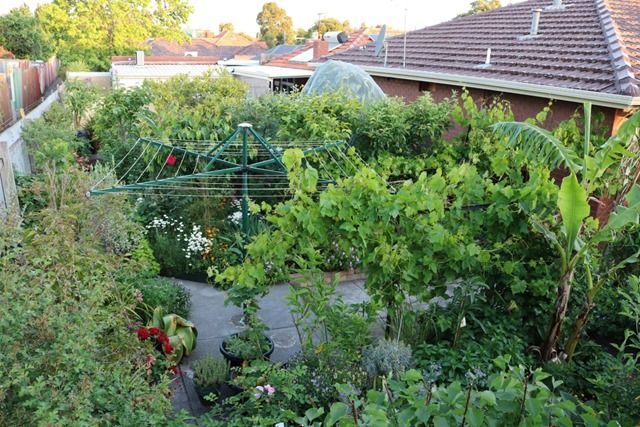
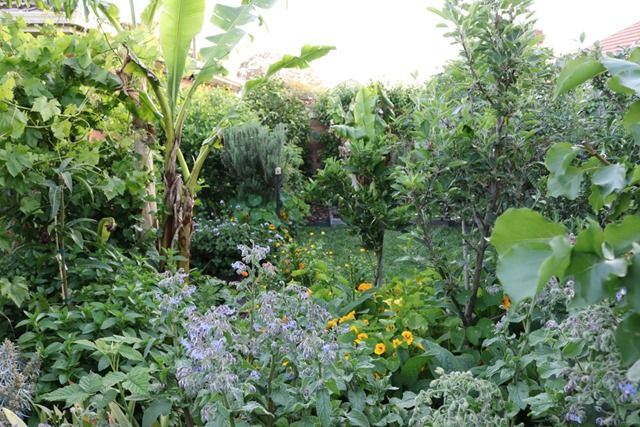
Common Challenges:
The main challenge in setting up any sized food forest is finding the right spot. Orientation is everything and not all sites are equal. LOCATION, LOCATION LOCATION!
The ideal site should have good drainage, full sun, and relatively easy access to water. Once you've found the perfect spot, the next step is to design your forest. This can be done by creating a blueprint of your desired layout or working with a professional designer.
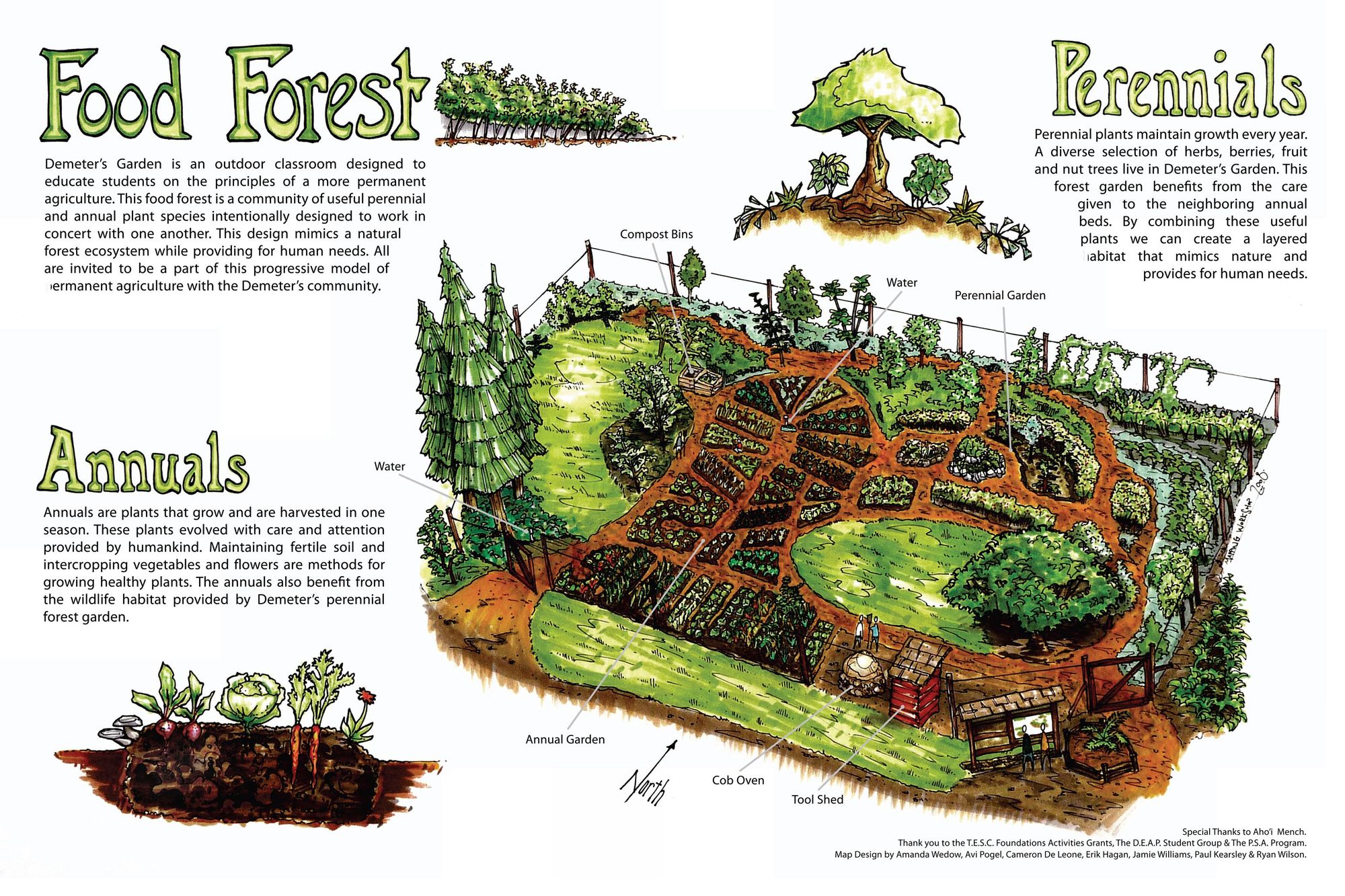
After design is complete, it's time to start planting! Sheet mulching the ground with cardboard is an excellent start. Be sure to carefully select plants that will complement each other and provide the desired mix of fruits, nuts, and vegetables and space them so they support but don't cramp one another. They need to complement not compete with one another. Don't forget to tend to your new food forest regularly. With proper care it will soon be thriving!
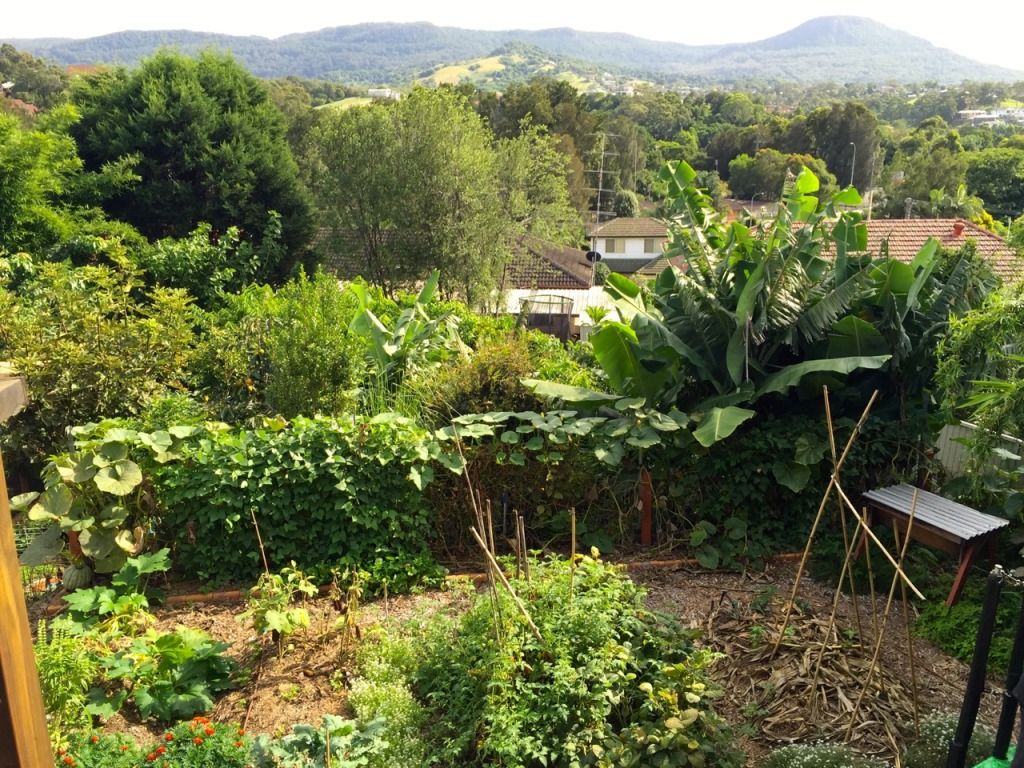
Grow your own private forest now!
Food forests provide a solution to the global food system that is rooted in sustainability and community involvement. By creating larger-scale communal gardens, we can increase agricultural benefits, reduce environmental impact and improve health outcomes for both people and their surrounding ecosystems. As more people learn about food forest systems, it's likely they will become even more popular around the world. All of us have something to gain by building healthier eco-systems through food forests including being able to forage in our own backyards.
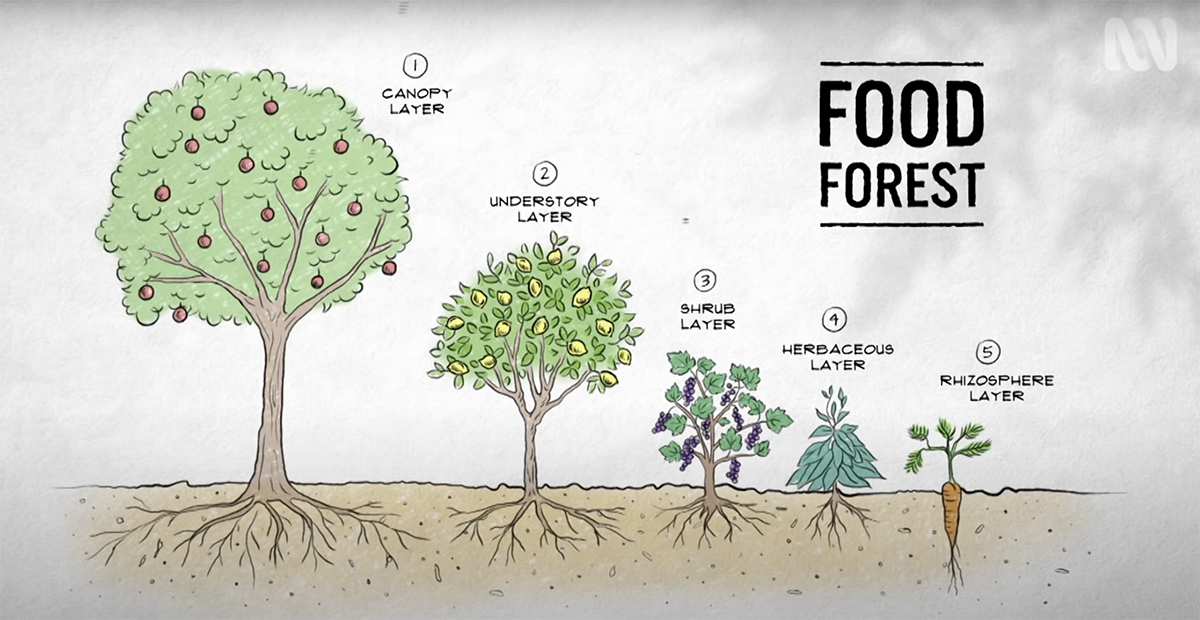
We can use as many layers suits each situation best. On a balcony it's obviously not practical to implement all 9 or even 7 layers. But 3 might be possible... In order to maximise the success of these methods, it is important to understand how they're created, to appreciate the benefits they bring, and to become involved by engaging with national and local initiatives.
The future of sustainable living is dependent on our collective efforts to be adaptive and build healthier ecosystems, food security AND a happy Earth!
For wandering further into the wonders of food forests, we recommend checking out Milkwood. They offer stacks of invaluable resources & courses to boot!
